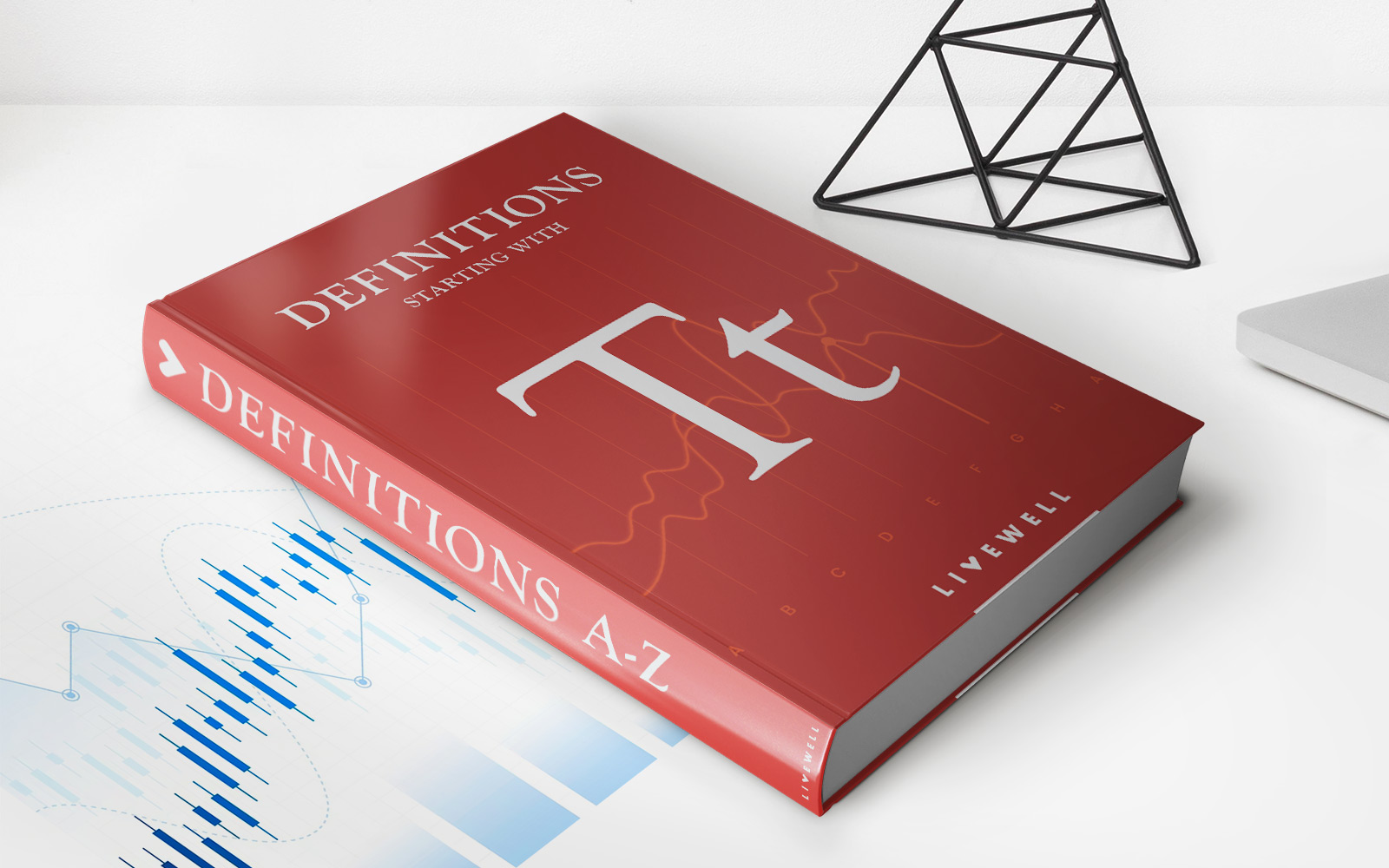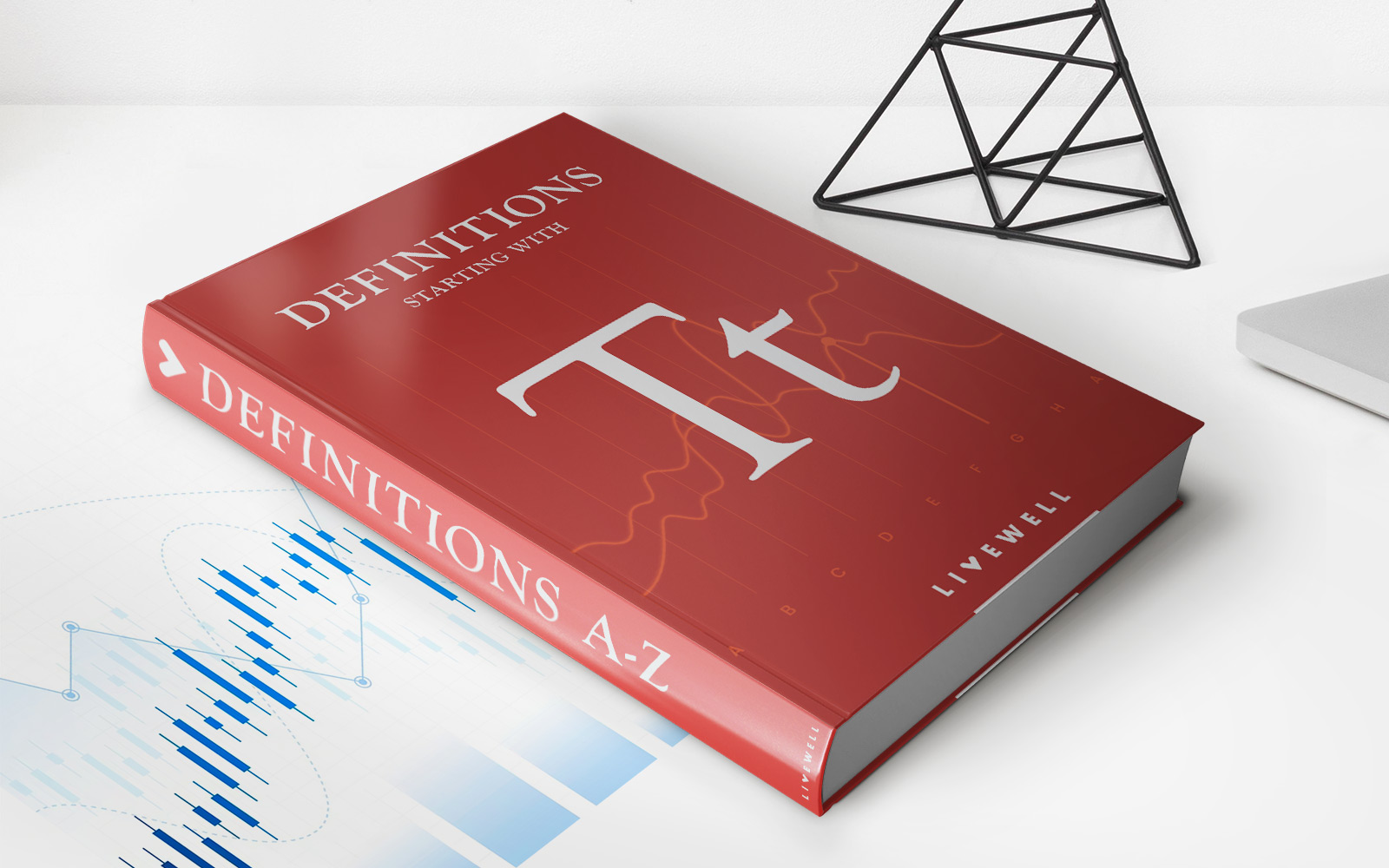

Finance
Shingle Theory Definition
Published: January 28, 2024
Understanding the shingle theory in finance and its definition. Learn how shingle theory impacts financial markets and investment strategies.
(Many of the links in this article redirect to a specific reviewed product. Your purchase of these products through affiliate links helps to generate commission for LiveWell, at no extra cost. Learn more)
Understanding Shingle Theory Definition: How it Impacts Your Finances
When it comes to financial planning, it’s crucial to have a solid understanding of various concepts and theories that can impact your financial well-being. One such theory that often comes up in the world of finance is the Shingle Theory. In this blog post, we will delve into the definition of the Shingle Theory and explore its implications for managing your personal finances.
Key Takeaways:
- The Shingle Theory explains how small actions and decisions can have a cumulative impact on your financial situation over time.
- Understanding the Shingle Theory can help you make better financial choices and develop long-term strategies for building wealth.
So, what exactly is the Shingle Theory? In simple terms, the Shingle Theory states that small actions, like the dropping of individual shingles, can accumulate and eventually have a significant effect on your financial roof. Just as each shingle contributes to the overall protection and stability of a roof, every financial decision you make – no matter how small – can impact your financial well-being in the long run.
Imagine that each dollar you spend or save is a shingle. If you consistently overspend or neglect to save, it’s like removing shingles from your financial roof. Over time, this can weaken your financial stability and put you at greater risk during economic uncertainties.
On the other hand, if you make prudent financial choices, such as budgeting, investing wisely, and saving regularly, you’re effectively adding more shingles to your financial roof. This reinforces your financial foundation, making it more resilient and less prone to crumbling under the pressures of unforeseen expenses or economic downturns.
So, how can you apply the Shingle Theory to improve your financial situation? Here are a few key strategies:
- Track your expenses: By keeping an eye on your spending habits, you can identify areas where you may be wasting money or overspending. This awareness will allow you to make necessary adjustments and allocate your resources more efficiently.
- Create a budget: Establishing a budget helps you prioritize your financial goals, control your spending, and ensure that you’re setting aside enough funds for savings and investments.
- Save consistently: Even small amounts saved regularly can add up over time. Consider automating your savings by setting up automatic transfers to a separate savings account to ensure you consistently contribute to your financial well-being.
- Invest wisely: Educate yourself about different investment options and consider seeking professional advice. By making informed investment decisions that align with your financial goals, you can potentially grow your wealth and secure your financial future.
- Maintain an emergency fund: Having an emergency fund is like having an extra layer of protection on your financial roof. It acts as a cushion during unexpected situations, enabling you to cover unforeseen expenses without derailing your overall financial plan.
By understanding and embracing the Shingle Theory, you can adopt a proactive approach to managing your finances. Remember that even the smallest actions or decisions you make today can have a lasting impact on your financial well-being tomorrow. So, start adding those shingles to your financial roof and pave the way for a more secure and prosperous future!














